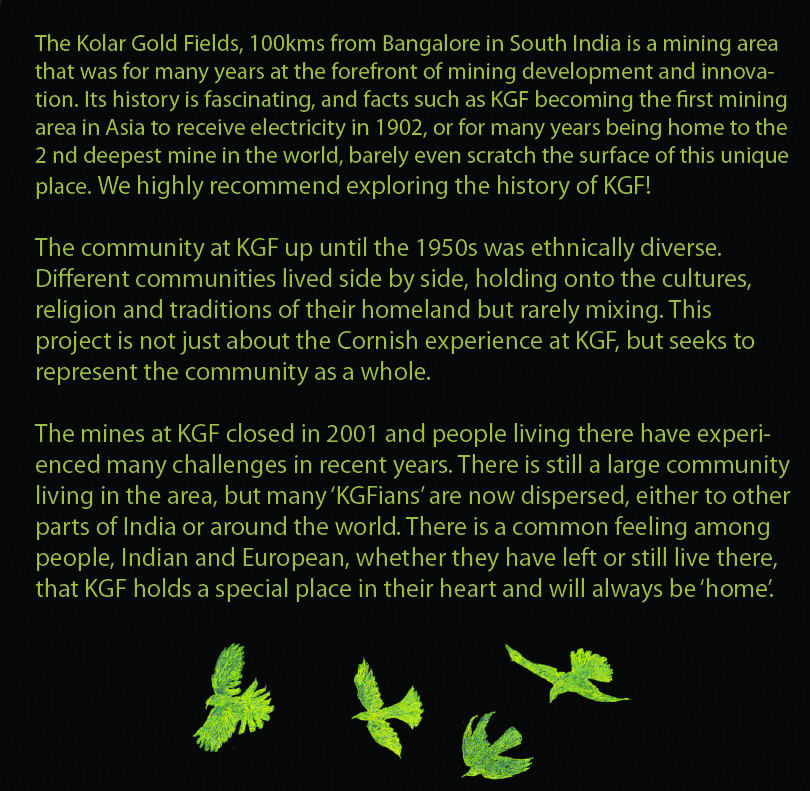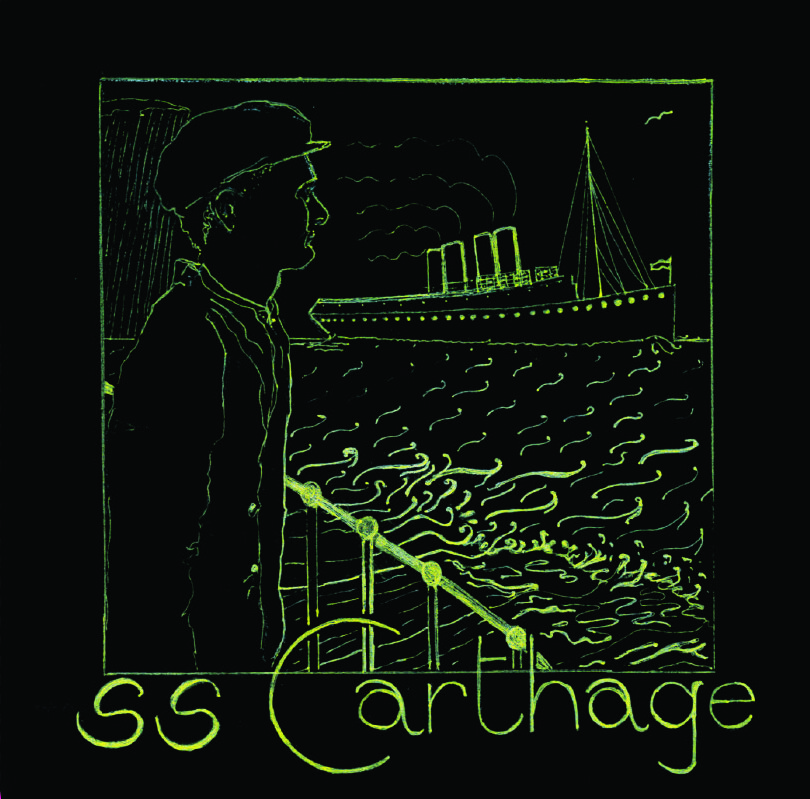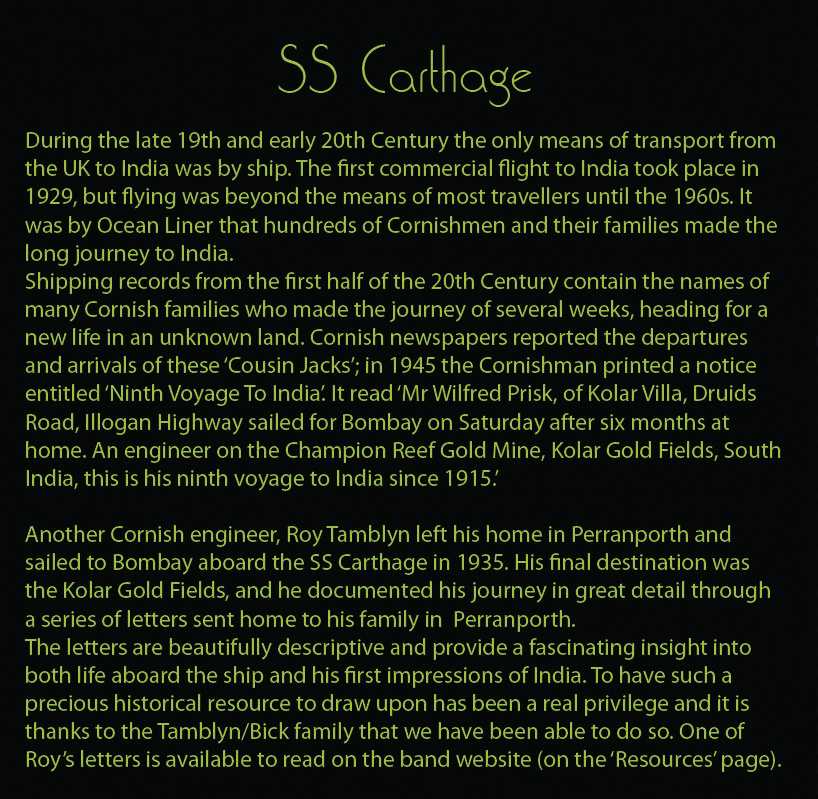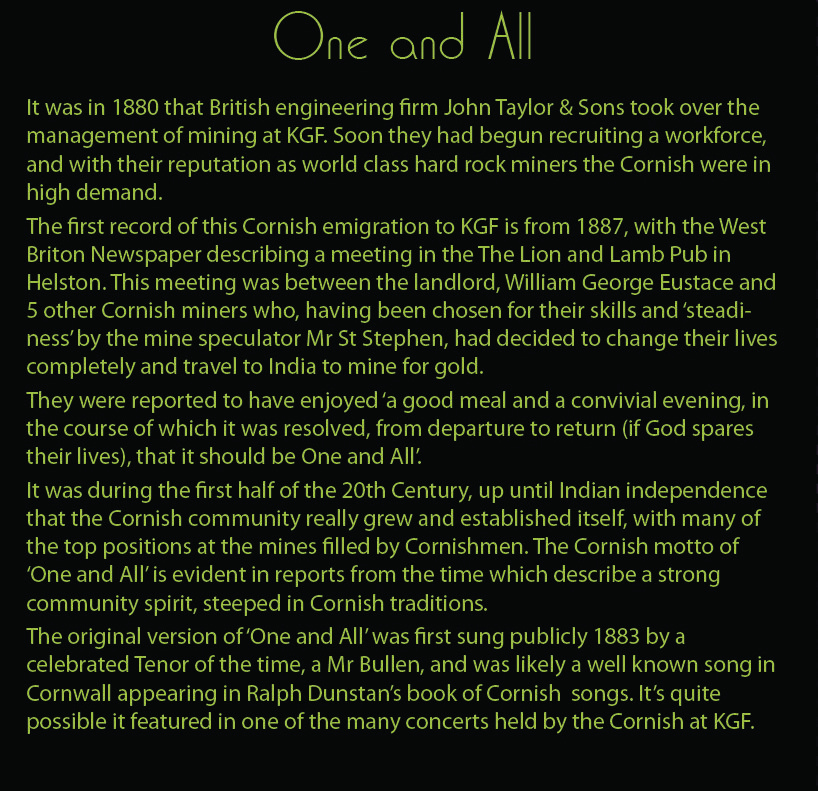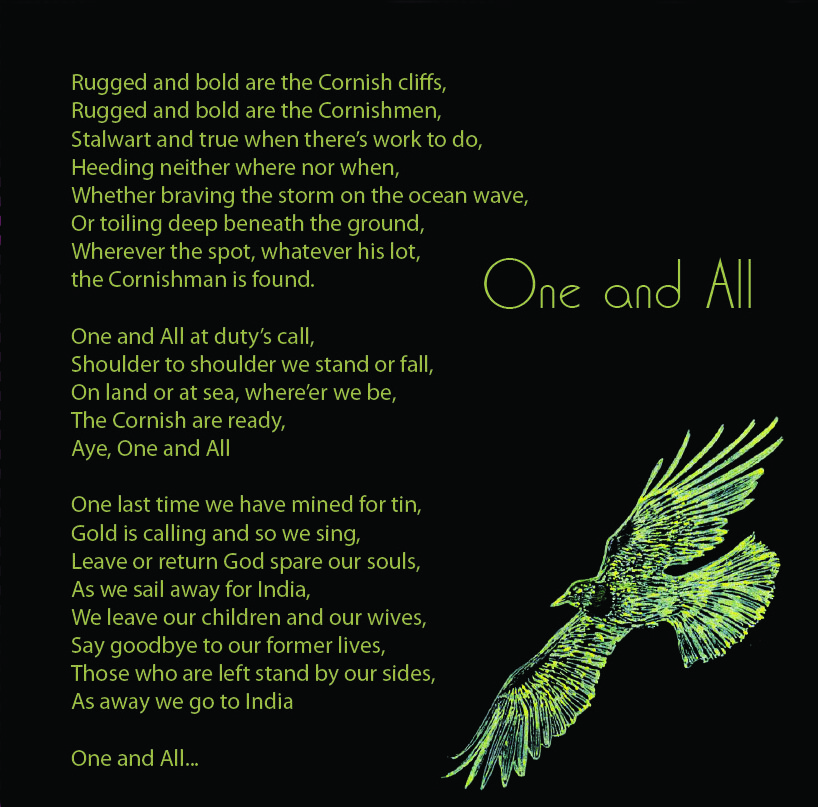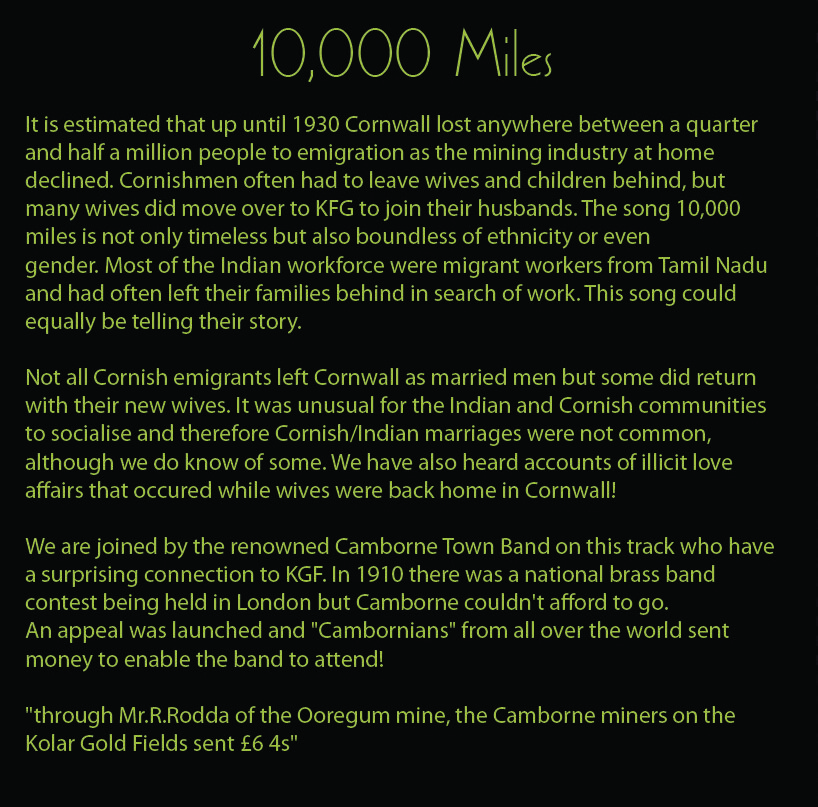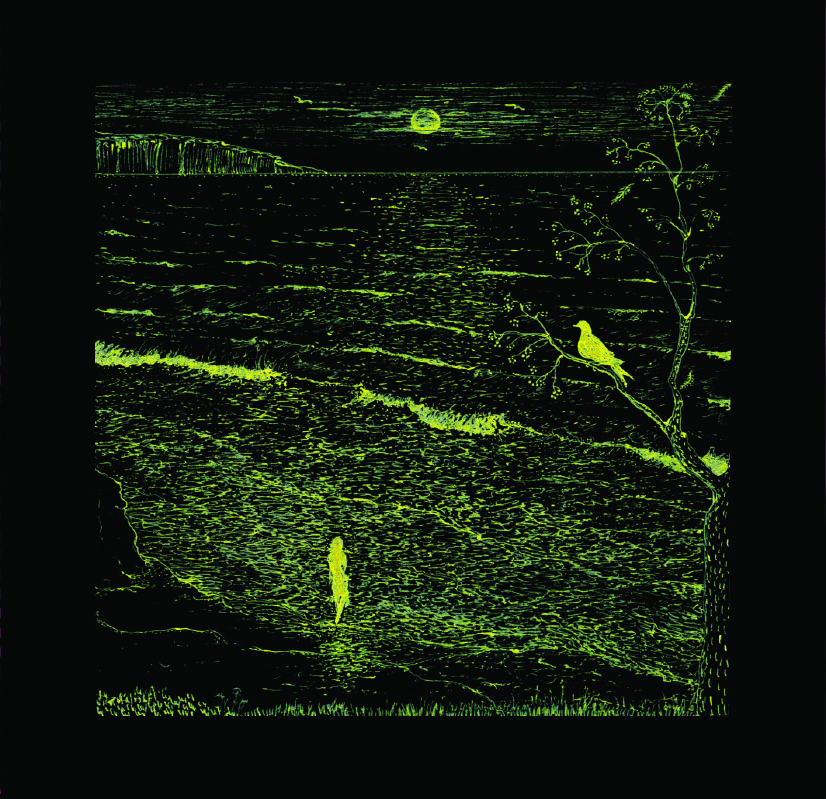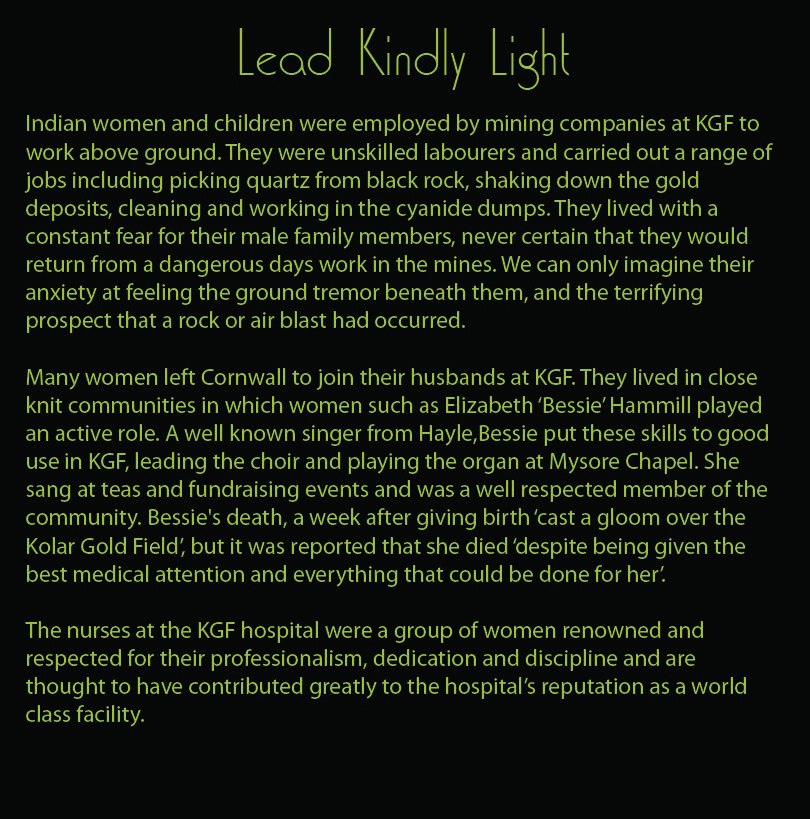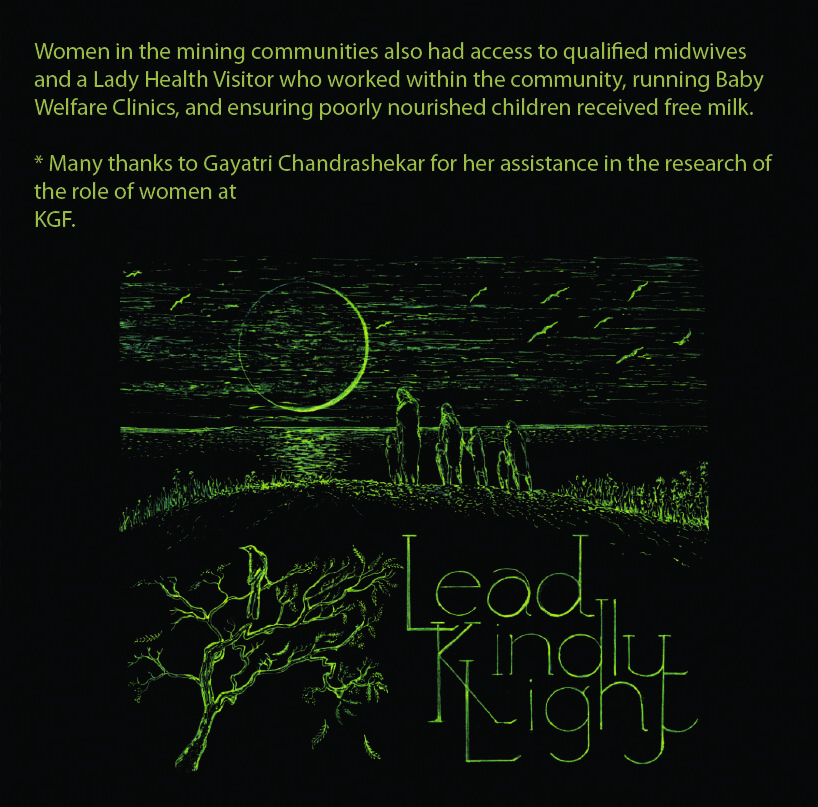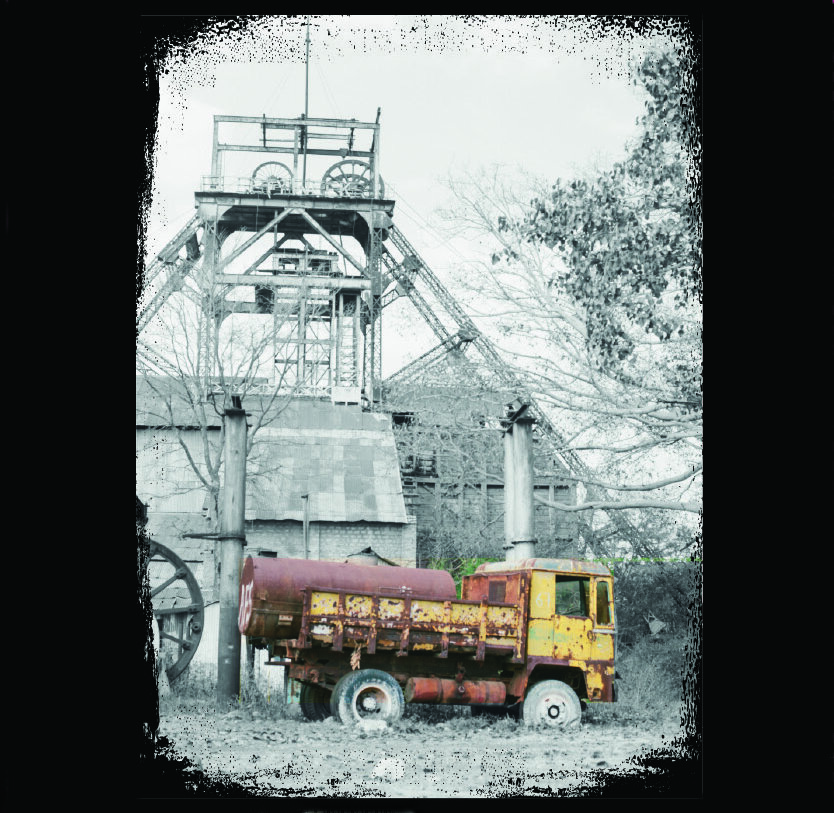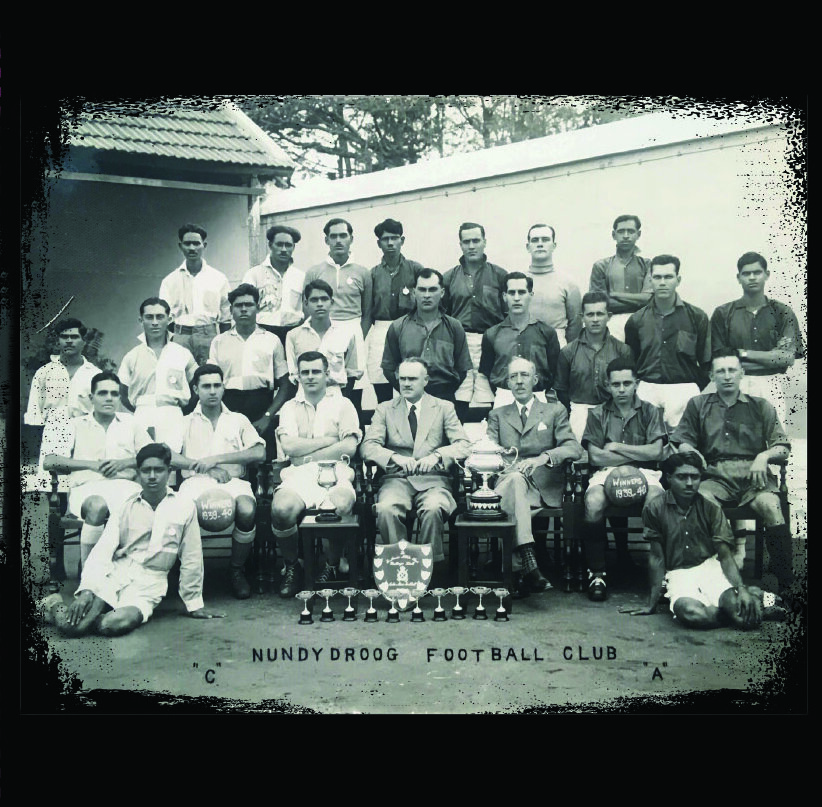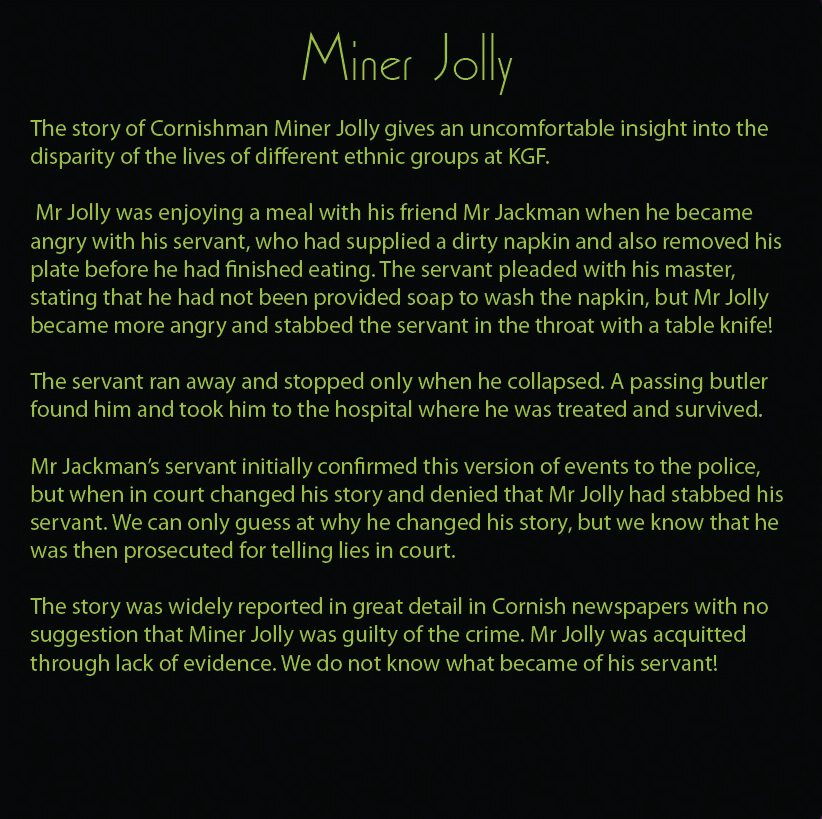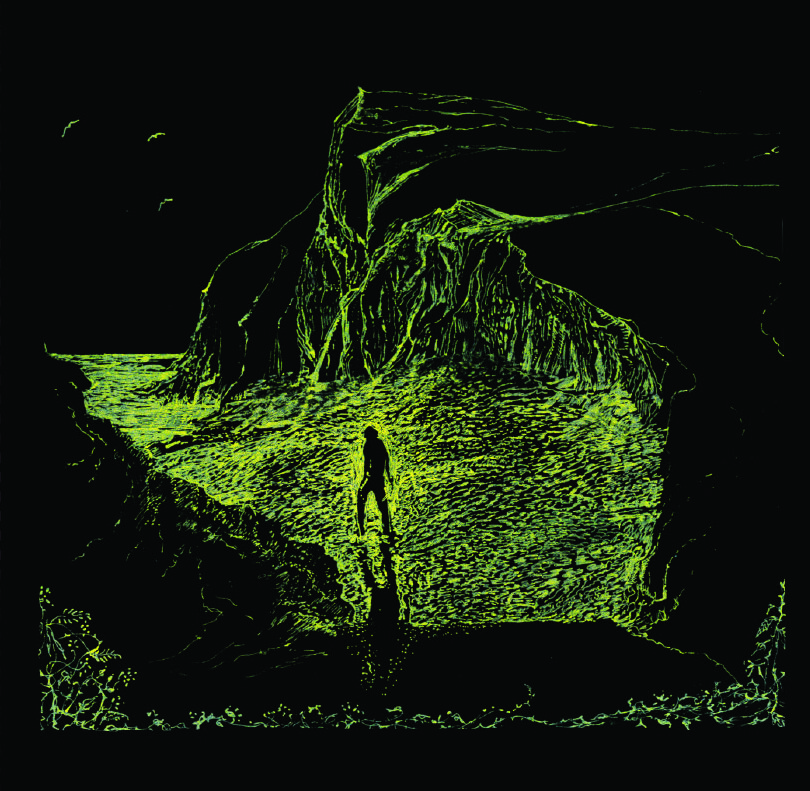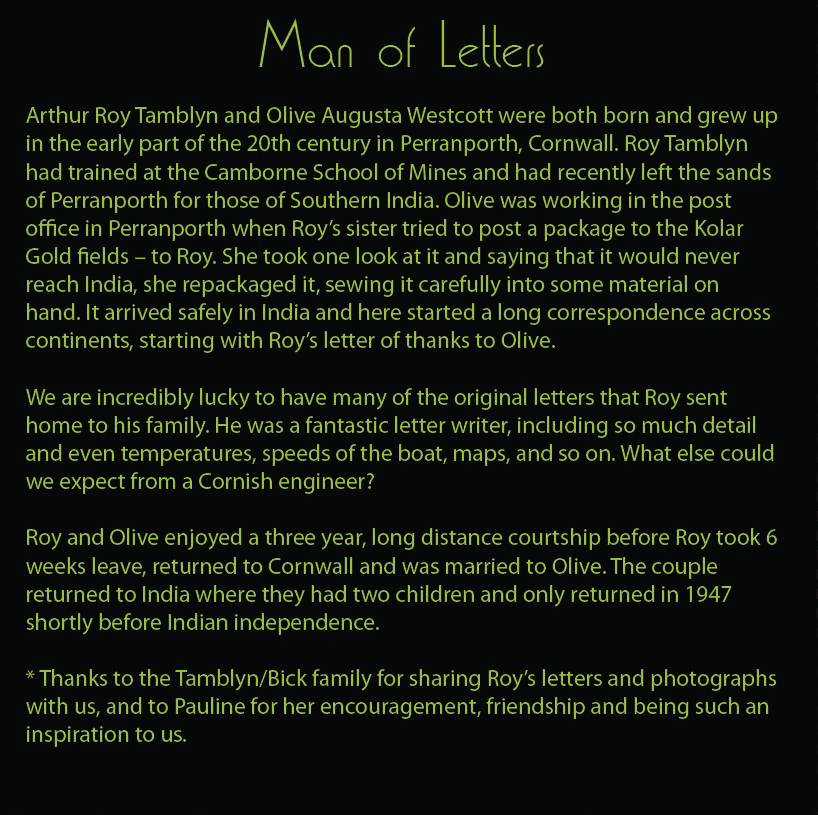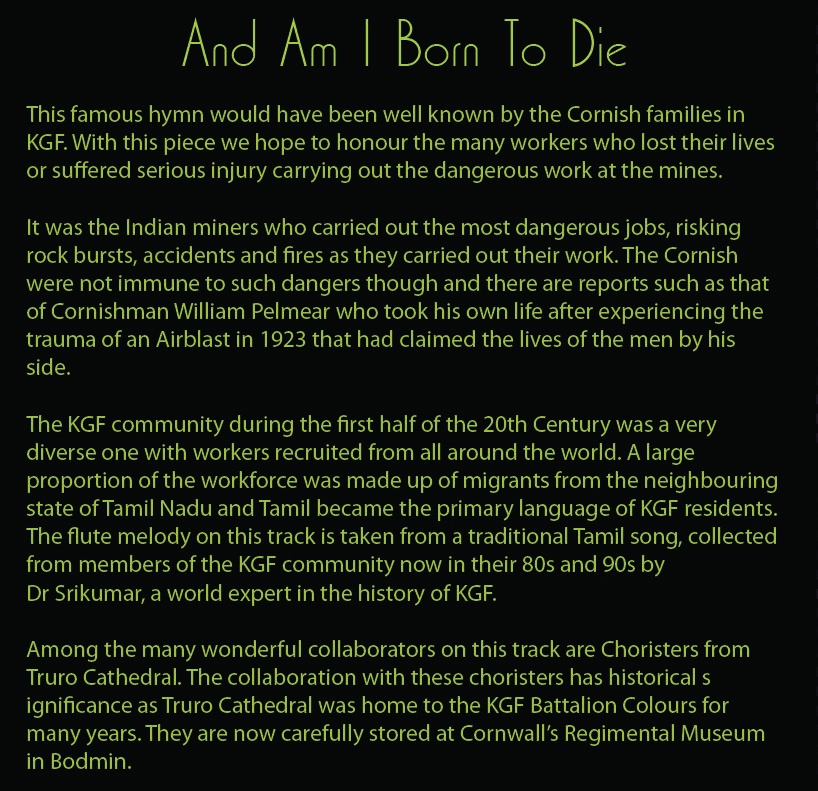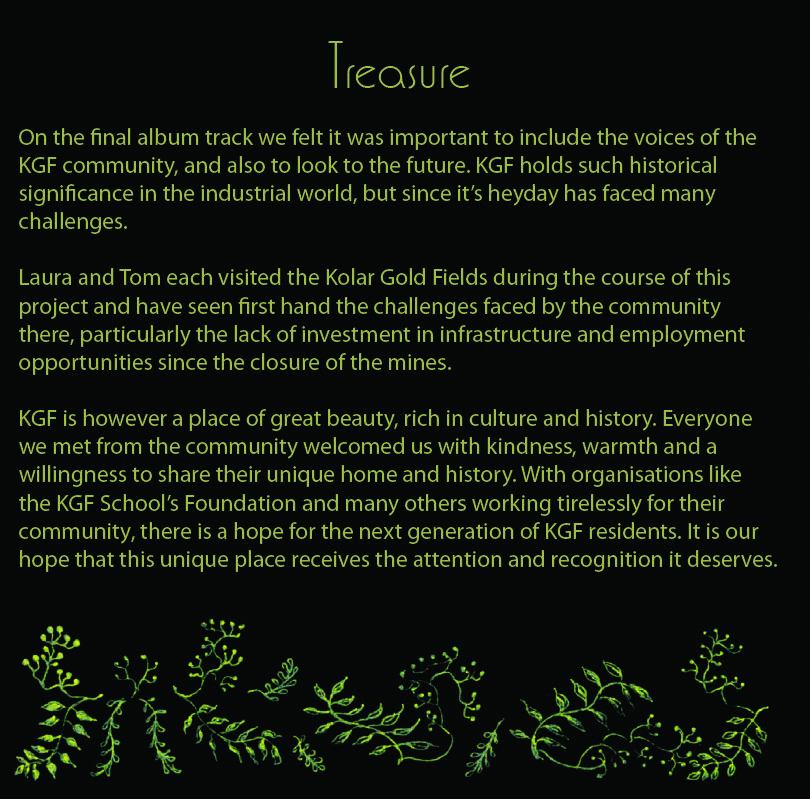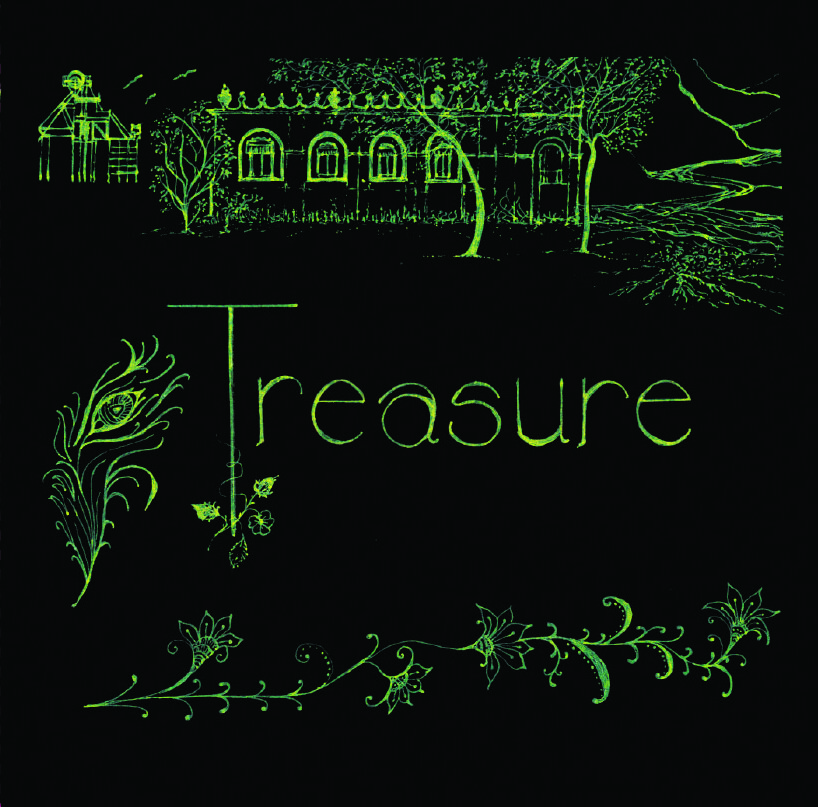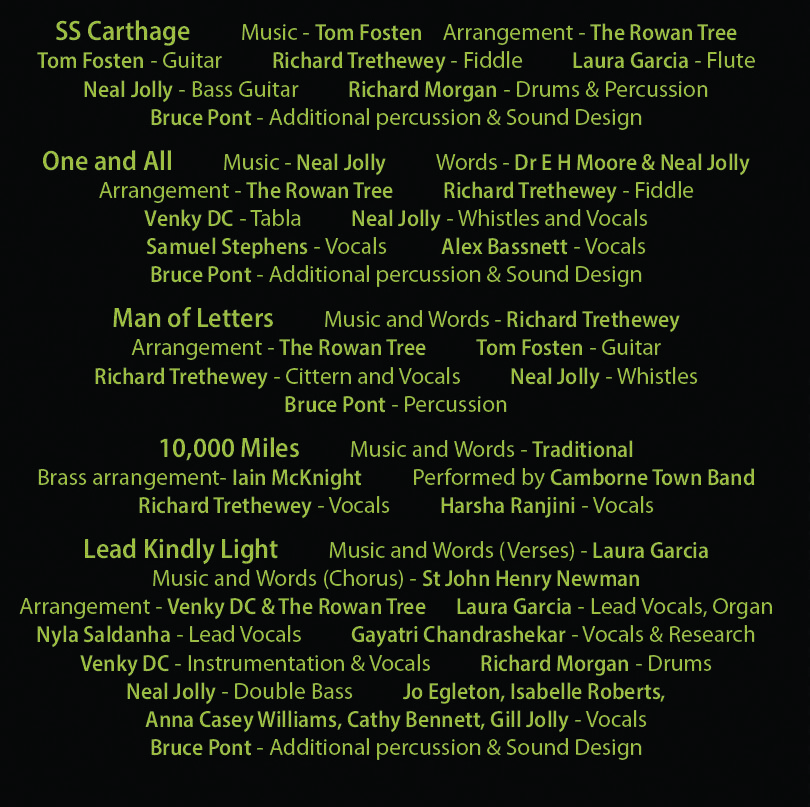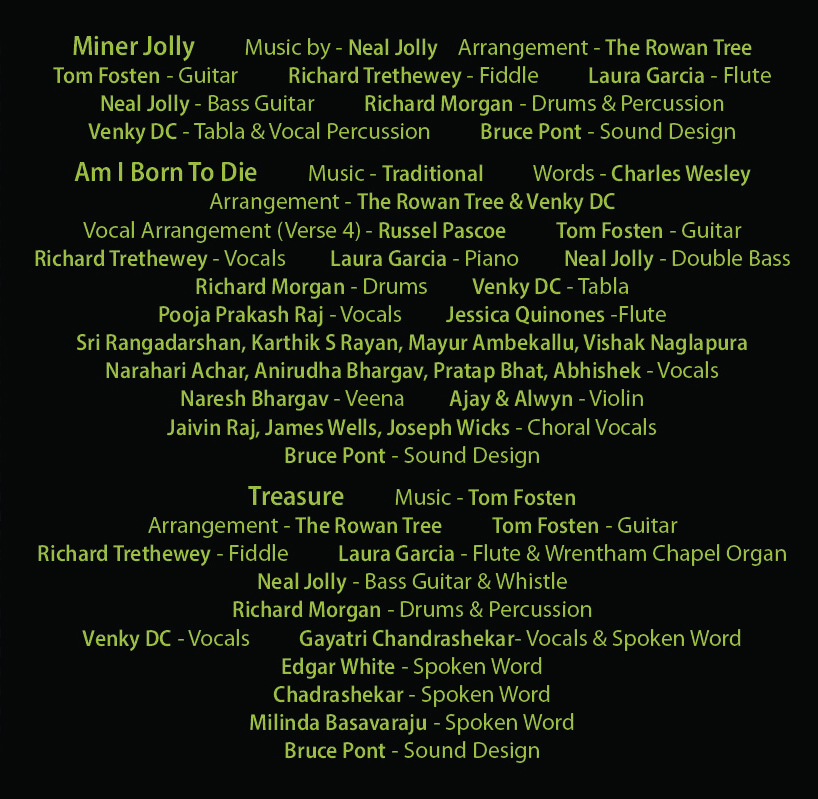History of Kolar Gold Fields
“Where’ver we are on earth, K.G.F is an inseparable part of our soul! We the citizens of this Golden city have all reasons to be proud of, for we are the children of K.G.F,- ‘The Land of Proudness’- and our hearts always beat for it”- K.G.F citizens quoted from ‘Kolar Gold Field-Unfolding the Untold’ by Dr S.Srikumar
Kolar Gold Fields (KGF) (also known as ‘Little England’) is a mining area in the Kolar District of Karnataka, South India, 100 km from Bengaluru. It is estimated that gold has been mined there for over 2000 years, and whilst many people over the course of history tried their luck at finding gold, Kolar Gold Field’s modern success is generally attributed to the firm John Taylor & Sons, after John Taylor III took control of the mines in 1880 and established what was at one time the deepest and most productive gold mine in the world. The mines were run by the company up until 1956 when they were taken over by the Government of Mysore who employed John Taylor & Sons as mining consultants.
At its peak KGF was home to 30000 mine workers and their families and was a multi ethnic community with experienced miners recruited from around the world, a large proportion of which were from Cornwall. When the mines opened the local people were reluctant to work there as it was extremely dangerous work, so workers migrated from Tamil Nadu and Tamil became a common language spoken by most people at KGF. There was a large Anglo-Indian population at KGF many of whom took on the roles of British workers after Indian Independence in 1947.
The mined gold was shipped back to England, making the British shareholder’s incredibly wealthy. Inequality was prevalent, the British workers enjoyed sprawling bungalows, whilst the poorest Indian workers lived in mud floored one room huts which often housed more than one family at a time along with a number of rats. It was also the Indian workers who carried out the most dangerous work at the mines.
With the British however came infrastructure and in the mining area they established hospitals, schools, social clubs, a boating lake, a golf course, a swimming pool and a gymkhana.These facilities were segregated, with places such as the KGF club exclusive to the European workers. Medical care at KGF was world class, and free to all mine workers and their families.
Subsequently further towns (known as civil areas) were developed and named after British officers; Bowringpet (now Bangarapet), ‘Robertsonpet’, ‘Andersonpet’. The main mines at Kolar Gold Fields were; The Mysore Gold Mine, Champion Reef Mine, Nudydroog Mine, Ooregum Mine, Tank Block Mine, Balaghat Mine, Coromandel Mine, Nine Reefs Mine.
One of John Taylor & Sons greatest achievements was to bring electricity to the mines in 1902, in an ambitious scheme that saw power being transported 140km from the Cauvery Power Plant. Power was harnessed from the waterfalls at Shivasamudram and ensured KGF was the first mining region in the word to use electric power.
Kolar Gold Fields was a multi ethnic, multi religious society with the different groups living side by side. The Cornish Wesleyan influence was clear, with many Wesleyan chapels being established at KGF.
The ‘Kolar Gold Fields News’ regularly reported news from the mines and these reports were reprinted in Cornish Newspapers. They shared important news, quantities of gold produced, plague statistics and details of when Cornish miners returned home on leave and when they traveled back to KGF. They also reported on concerts held at KGF, social events, Christmas festivities, and featured extensive reports on weddings and funerals.
The mines at KGF closed in 2001 and with them went the jobs that had sustained families for generations, resulting in many of its inhabitants now travelling 4 hours a day to work in the city of Bengaluru. There is still a great sense of pride among the people of KGF in their home and its remarkable golden past, and a hope that its future may become golden once more.
‘The record of the Kolar Gold Field over a period of more than 80 years is a splendid example of the civilizing influence of mining. As the direct result of the development of the mines what was once a barren and sparsely inhabited area is now a prosperous township- one of the largest in the state of Mysore- with most of the conveniences and institutions of modern life. The fine roads, the protected perennial water supply, the electric distribution system, the railway, the hospitals, clubs, shops and cinemas- to name a few such amenities- have all resulted from the development of the mining industry, without which the area would almost certainly remained a quite rural backwater.’ The Kolar Gold Field, 31st December 1960
‘Though not a ghost town, KGF stands still, holding its breath, as far as matters relating to the revival of mining activities are concerned’ Gayatri Chandrashekar- Grit and Gold 2015
The following information on the migration of Cornish men and women around the world has been written and kindly provided by Michael Eustice, a relative of one of the first Cornish miner’s to travel to KGF, William George Eustice-
Emigration was one of the major factors that shaped Cornwall. Many miners traveled abroad to find work in newly-discovered mining areas in Australia, the Americas, Africa and Asia. Their knowledge and expertise were highly sought after. Cutting edge skills and technology increased the development of mining leaving a visible mark on the landscape. Cornish Engine houses dominated the landscape on all continents. Some Miners were emigrating long before the slumps due to the premium that their Cornish mining or engineering experience could command. Without Cornish technology and experience, the Californian Gold Rush would have stalled a short way below the surface. During the Great Migration (c1815-1930), from 1861 and 1901, every ten years 20% of Cornish men migrated abroad. With a population that never exceeded 500,000 in the nineteenth century, Cornwall lost anywhere between a quarter to half a million people. Although not all emigrants were miners, it was to mining communities overseas that Cornish traditions were most obviously transferred, replicating their familiar Cornish mining landscapes. This gave the Cornish mining industrial region a global significance, exporting its culture as well as its mining expertise and its copper and tin, worldwide. Cornish engine houses and Cornish chapels can still be found in countries as far apart as Australia and Mexico.



